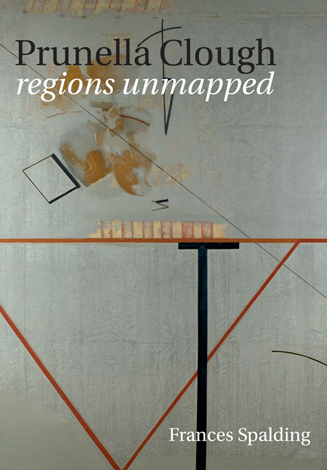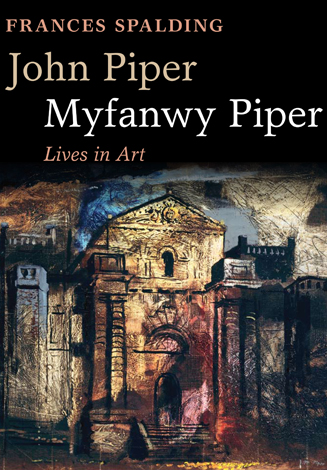Frances Spalding
Frances Spalding
In recent years my research interests have been shared with diverse audiences. Working on John Piper I quickly discovered that he is an artist who continues to reach far into the hearts of the English public, attracting the attention of an unusually wide audience. The reason for this is that he has touched our lives in many ways, owing to his vast, sprawling, ungainly and, at times, conflicted career. In addition to his own paintings and prints, he managed words with great skill, writing mostly about architecture in essays, reviews, books and gazeteers. He was a knowing photographer and we encounter his black-and-white photographs in many of the Shell Guides on which he worked with John Betjeman. In 1945 he began working for the stage, his reputation as a theatre designer soon becoming closely linked with that of the composer Benjamin Britten, for whom he produced designs for all Britten’s major operas after Peter Grimes, with the exception of the film of Owen Wingrave. Then in the early 1950s, at the age of 50, Piper added a whole new dimension to his career by turning to stained glass. He rapidly became England’s most-outstanding stained-glass designer, and over the next 34 years worked on almost 60 commissions, in a remarkably, innovative, expressive and versatile vein, giving us, among other things, the huge Baptistery window at Coventry, and the great lantern which forms the corona over the Cathedral of Christ the King in Liverpool.
Owing to the amount of travelling involved, it took six years to complete John Piper, Myfanwy Piper: Lives in Art, after which I turned to something I had long wanted to do - a book about Prunella Clough (1919-1999). Unlike many other artists, she did not come to the fore on a passing wave and then fall out of fashion. Her development always remained in dialogue with the artistic and intellectual climate of the day: at whatever point we drop in on her career, her pictures connect with the period in which they were made. And yet she aligned herself with no particular group, movement or manifesto, and, though she was a close friend of John Berger, Keith Vaughan, Patrick Heron and well networked in the art world, she occupies a rather singular position in the history of British art.
My book is titled Prunella Clough: regions unmapped because she referenced material drawn from places which do not have obvious or conventional appeal. She was the first in this country to paint cooling towers and one of very few artists to find subjects not just in the industrial environment but inside factories, in among conveyor belts and other forms of machinery. She also looked at grills, stains, cracks in cement walls – the kind of forlorn aspects of modern urban life which are over prevalent but usually ignored, or even abhorred as mournful evidence of neglect, damage or decay. While I was researching and writing this book, poets and psycho-geographers became interested in ‘edgelands’, those areas often found on the edges or inside cities where the more usual binary opposition between city/country breaks down. They are often neglected sites, areas of wasteland or those places where housing estates or factories peter out into brown fields. Clough was painting these places long before this term was initiated.
Current research involves a collaboration with the National Portrait Gallery, for whom I am curating an exhibition Virginia Woolf. No other writer has so been so admired, imitated, analysed, critiqued, deconstructed, satirised, appropriated and contested. What does this exhibition contribute to the myriad scholarship on Woolf? Any answer to this would be premature, but it was thrilling to discover that she is listed among the sponsors and patrons who helped bring Picasso's Guernica and 67 studies for it to Britain in 1938.
Further projects include a new book for Thames & Hudson – The Real and the Romantic: English Art between the Wars – and the planning of another on the twentieth-century patron, collector and friend of artists, Helen Sutherland. Her values and interests became materialised and embodied in her houses, first while living in Northumberland, later in Cumbria, where her interest in art fused with everyday living. Having earlier been encouraged by her friendship with the curator and collector H.S.(Jim) Ede, she went on to set an example on which Ede was to build in his creation of Kettle's Yard at Cambridge. Their mutual achievement will be discussed in connection with the growing interest in house-museums and the interpretation of visual culture.


